- Get link
- X
- Other Apps
The real question is will any of the balloons be able to float. Measure out half a cup of white vinegar.
Krokotak The Self Inflating Balloon
Pour half a cup of vinegar inside the water bottle.
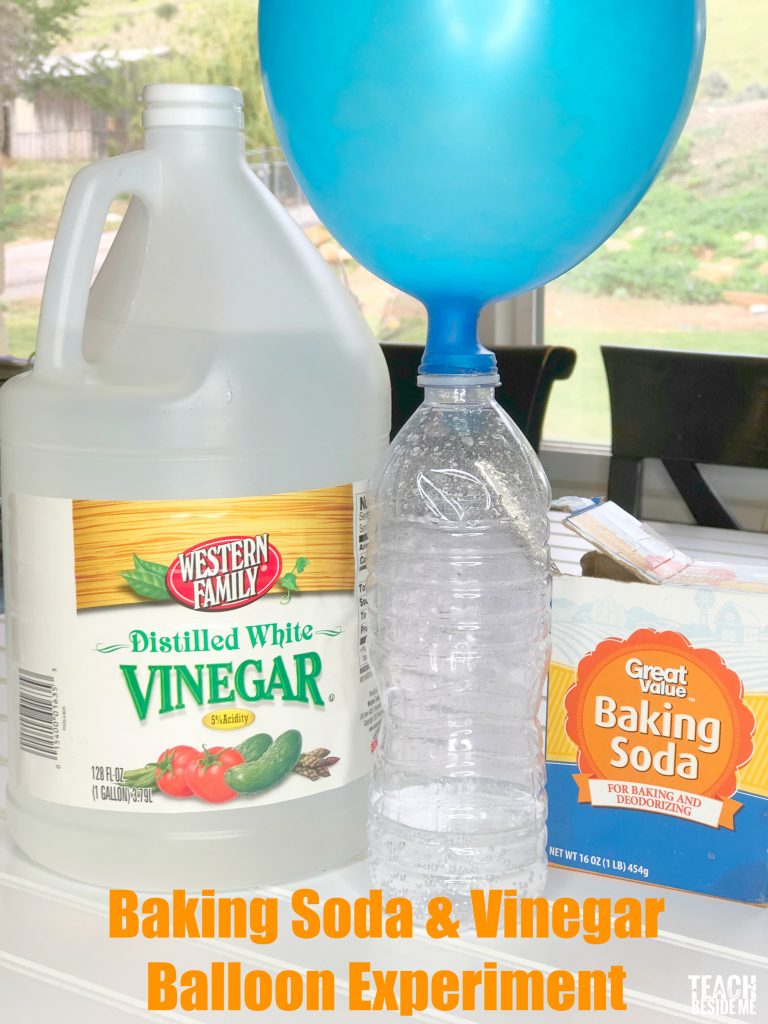
Self inflated balloon experiment. Colour changing experiment Acid Base test with Turmeric 3. The self-inflating balloon science experiment is a true science experiment that would be perfect for science fairs or a science lesson. In this self-inflating balloon experiment children use an acid-base reaction to inflate a balloon.
The Science Behind the Self-Inflating Balloon Experiment Alka-seltzer tablets and baking soda and vinegar both produce the same CO2 reaction. Self inflating balloon using soda or Coca Cola - Science experiments for kidsYoull need Soda or soft drink BalloonsProcedure Take a coke bottle and a bal. Self Inflating Balloon Experiment Video.
Heres an additional balloon experiment to try. Finally pour all the baking soda in the vinegar. Then pour some vinegar into the plastic bottle until it is about an.
When the vinegar and baking soda mix together carbon dioxide gas is produced and this gas causes the balloon to inflate. Carbonic acid breaks down into water and carbon dioxide. Get kids to measure out one teaspoon of baking soda and using the funnel add it to the bottom of the bottle.
Balloon Blow-up Science Experiment. Give the balloon a good stretching like you would if you were about to blow it up. What kids learn in this lesson is that different chemical reactions and gasses can be used to inflate balloons.
Using the kitchen ingredients made the balloon inflate. And most importantly make sure the balloon is tight and secure. One of the benefits of making your own self-inflatable balloon is that it isnt using helium.
Give your measuring spoon and funnel a quick clean. Even my 2½ year old had a blast inflating her balloon several times. Learning has never been so much fun.
The reaction between the baking soda and vinegar cause the balloon to inflate all on its own. I enjoyed testing this experiment and found out the following. Balloons water bottle baking soda a spoon vinegar.
The balloon inflates because the gas has nowhere else to go. This classic self-inflating balloon science experiment is really one of my favorites. However there are countless variations that can be done which I list below.
The secret lies with vinegar and baking soda two household staples that when combined create carbonic acid. How did this happen. Learn about the science behind the self-inflating balloon experiment About Press Copyright Contact us Creators Advertise Developers Terms Privacy Policy Safety How YouTube works Test new.
For more fun activities some people use the self-inflating balloon idea for Halloween decorations. See more of my STEM projects for kids. It is so easy to do and it really is exciting to watch.
We used Apple Cider Vinegar but any type of vinegar will work. Step 3 Then insert another funnel into the mouth of the balloon. This self inflating balloon experiment takes just a few minutes to do and uses lots of supplies you probably already have at home.
It is a show-stopper experiment for kids. When an acid is mixed with a base the two mixtures react through an endothermic reaction a reaction that makes the mixture feel colder creating CO2 gas which bubbles up through the liquid and out into the air which inflates the balloon. Next get kids to place the funnel into the balloon.
This experiment uses the carbon dioxide to fill the balloon giving the illusion that the balloon is self inflating. Use the funnel to put the baking soda inside the balloon. Pour 1-2 spoonfuls of baking soda into the opening of the balloon using a spoon.
Make sure the baking soda doesnt fall in while youre doing this. Self-Inflating Balloon Science Experiment Learn how a balloon can inflate itself with this easy-to-follow experiment. Make sure your plastic bottle is clean and dry.
Fill it halfway with vinegar. When i shook the bottle the gas inflated the balloon a little bit more but the second time it didnt work. Fizzy fun Self inflating balloon experiment Vinegar and baking soda reaction 2.
If youve ever been tasked with blowing up balloons before a birthday party youve probably wished that balloons had a way of inflating themselves. Step 2 Using a funnel pour about a third of a cup of vinegar into the bottle. Put the test tube where it will stand upright securely or have a partner hold it.
Make sure you dont spill any or youll be in for a mess. In addition this experiment can be performed by children of all ages. Next carefully fit the balloon into the bottle opening.
I used a 20cm size balloon and a medium bottle and that didnt fill up the ballon completely. Next blow up another balloon using your own carbon dioxide to about the same size or as close as possible and tie it off. Direction change experiment Refraction of light in water.
They take oversized balloons and draw figures or ghosts on them. Sharing a glimpse of the fun learning session. STEVE SPANGLER SCIENCE CLUB.
Inflate one balloon using the baking soda and vinegar reaction and tie it off. Either get a funnel or improvise one out of paper like me. When they are inflated they become eerie figures that can be set up outside.
They did interesting experiments like.
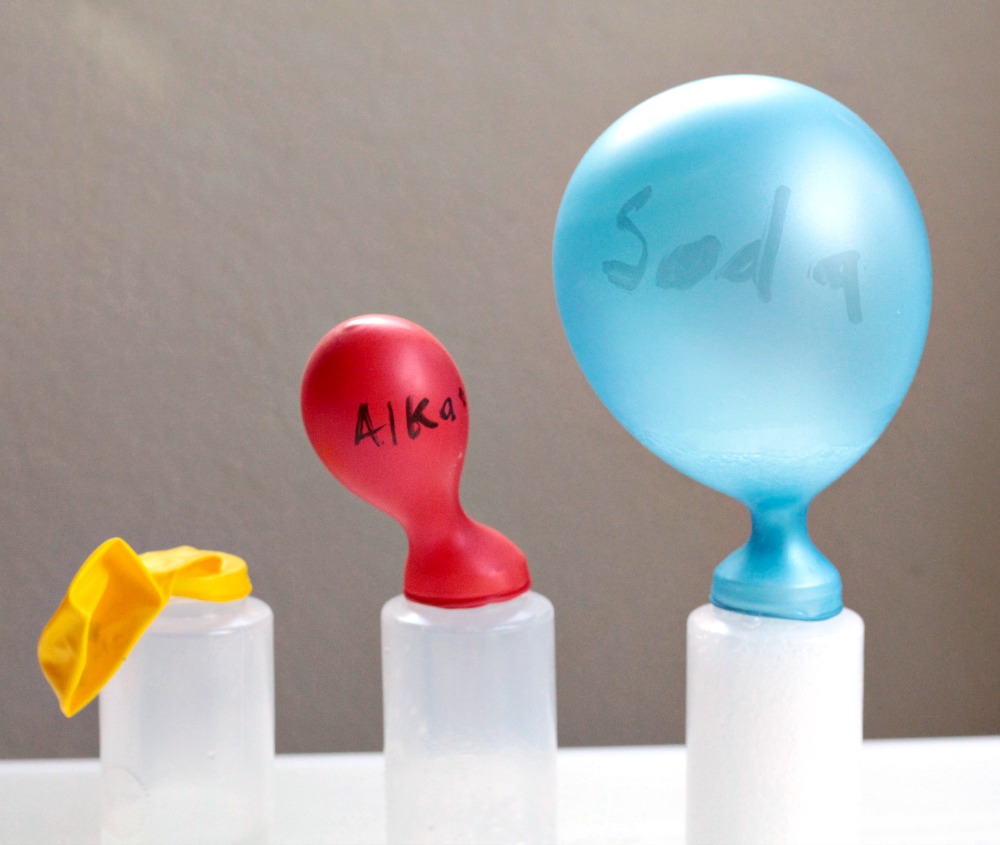 Self Inflating Balloon Science Experiment
Self Inflating Balloon Science Experiment
![]() Self Inflating Balloon Science Experiment An Easy Science Project To Do With Kids
Self Inflating Balloon Science Experiment An Easy Science Project To Do With Kids
 Self Inflating Balloon Experiment Forgetful Momma
Self Inflating Balloon Experiment Forgetful Momma
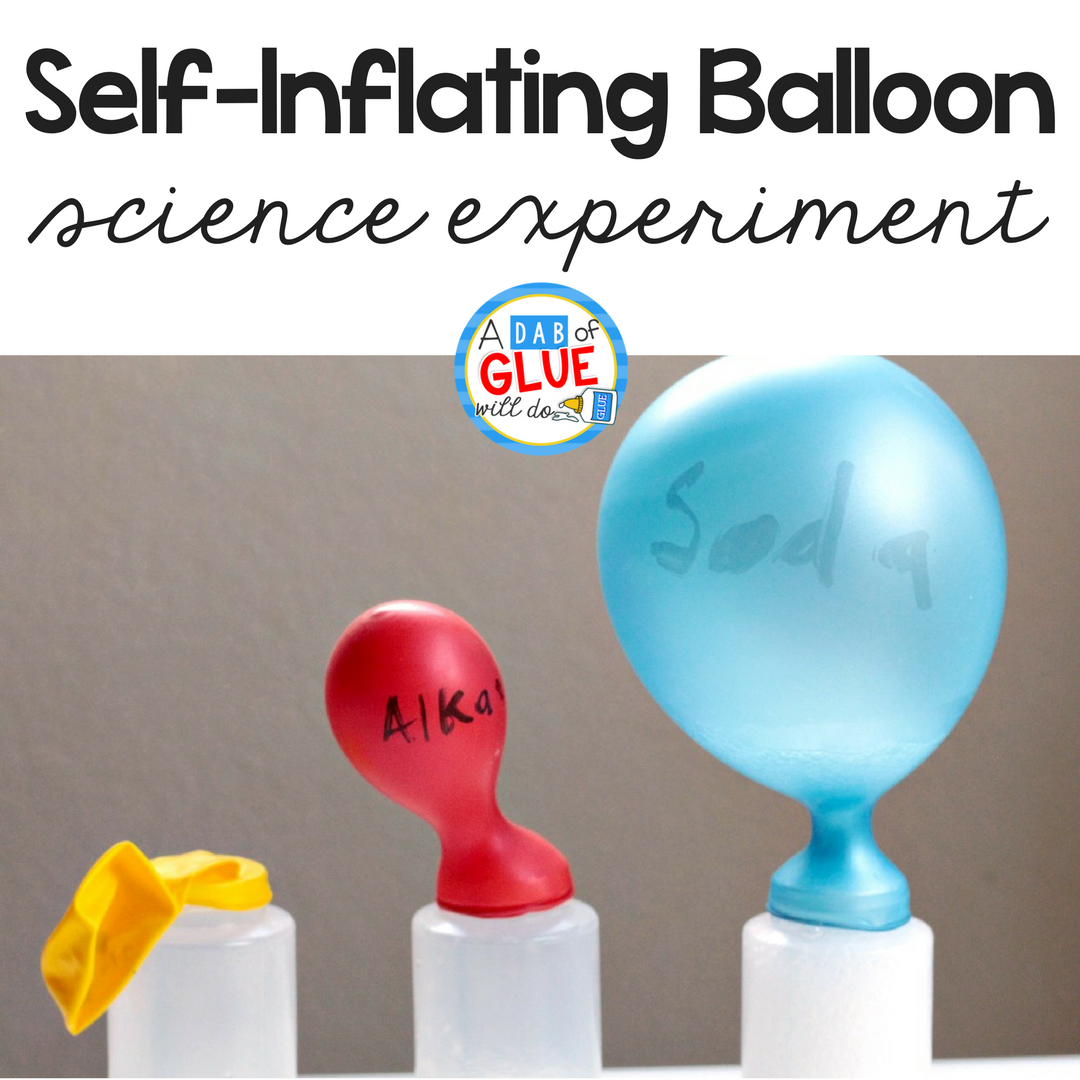 Self Inflating Balloon Science Experiment
Self Inflating Balloon Science Experiment
 Kim S Self Inflating Balloon Experiment Kesta Fleming
Kim S Self Inflating Balloon Experiment Kesta Fleming
 Self Inflating Balloons Science Project Education Com
Self Inflating Balloons Science Project Education Com
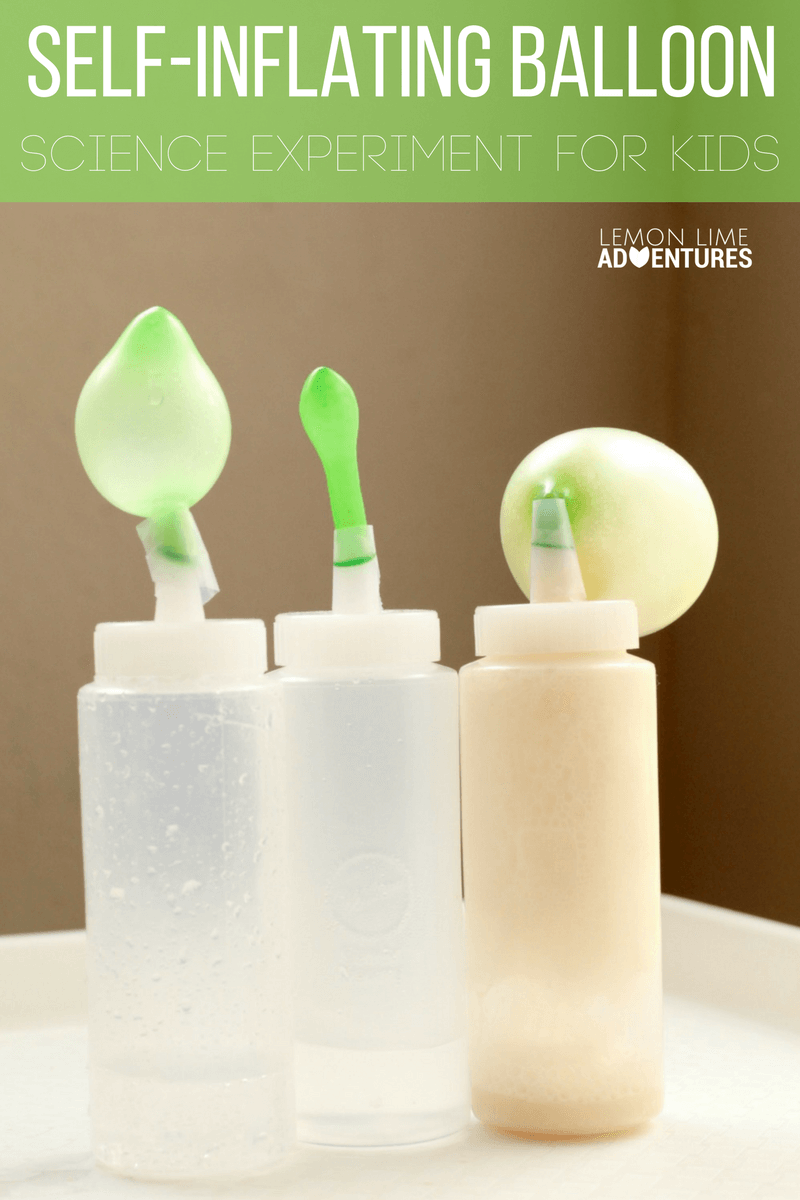 Self Inflating Balloon Science Experiment
Self Inflating Balloon Science Experiment
 Self Inflating Balloon Science Experiment
Self Inflating Balloon Science Experiment
 Self Inflating Balloon Baking Soda And Vinegar Balloon Experiment Teach Beside Me
Self Inflating Balloon Baking Soda And Vinegar Balloon Experiment Teach Beside Me
 Relentlessly Fun Deceptively Educational The Balloon That Inflates Itself A Science Experiment
Relentlessly Fun Deceptively Educational The Balloon That Inflates Itself A Science Experiment
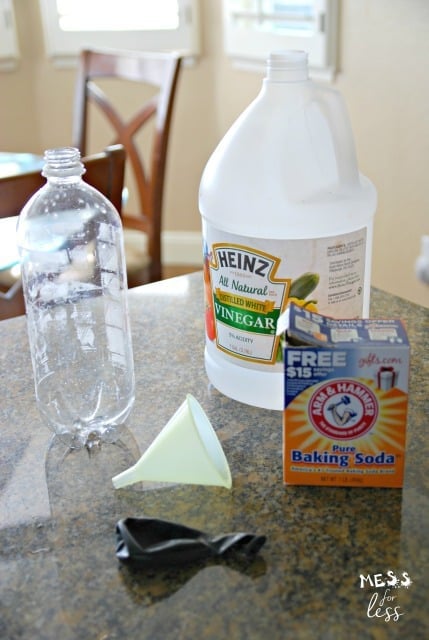 Self Inflating Balloon Experiment Mess For Less
Self Inflating Balloon Experiment Mess For Less
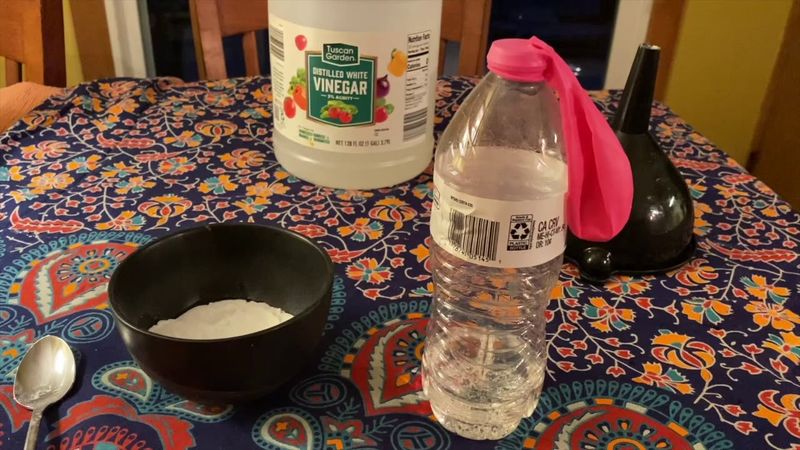 Science Story Time Experiment Self Inflating Balloon Penn State Behrend
Science Story Time Experiment Self Inflating Balloon Penn State Behrend
Comments
Post a Comment